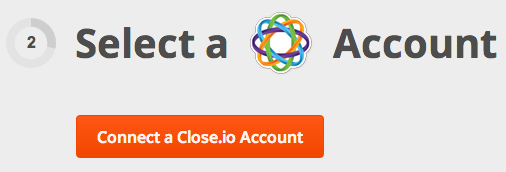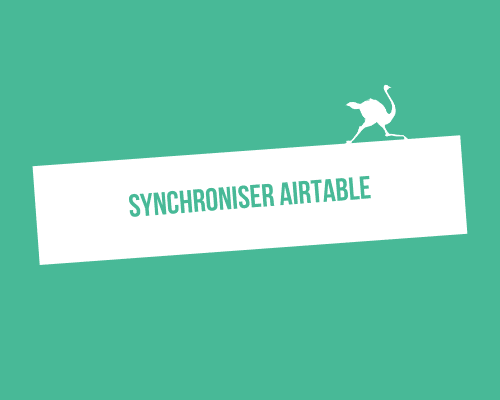
The editor will reset to the according default template whenever you change the Content-Type or the 'What data to send' option. The replacement patterns shown in the default template are gathered from the parsing results of the last imported document (see far below for image of Payload Template).

HTTP Body Payload Template This template editor lets you create 100% customized body payloads tailored to your API. Here is a sample how addtional headers could look like:Īuthorization: Basic NTNkOWU1NjZjNzVmNmJmMGY5MmQ5YzJlNThmYWI5ZDVhZDJmYTMxZTo= You can add multiple headers by separating them with a line-break. A common use-case would be Authorization headers for HTTP Basic authentication. The choice of Content-Type also sets the default template for the body payload of the request.Īdditional Headers You can add additional HTTP headers to your request with this field. You can choose between 'Form Data' or JSON. You can also use dynamic replacement patterns as shown below in the payload body.Ĭontent-Type The Content-Type chosen here is used in the HTTP headers of the request. Target URL This field indicates the URL to which the data gets sent. By default, request are sent as 'POST' but you can also set the verb to GET, PUT or DELETE. HTTP Verb Indicates which HTTP verb Mailparser will use for the request. In this case, an individual HTTP request will be sent out for each parsed table row. You can however change this behavior and set the Webhook to ''One request per row". By default, all parsed data of one email will be packed into one single request.

What data to send This option is only relevant if you are parsing tabular data, such as line items in an invoice or a price listing.

Name Give a name to your Webhook so that you can distinguish it from other Webhooks you created. The options for our Advanced Webhook are the following (screenshot at bottom): Advanced Webhooks are your Swiss Army knife for connecting any HTTP API to Mailparser. Once setup, parsed data will automatically be sent to the target URL specified in the settings of your Advanced Webhook.


 0 kommentar(er)
0 kommentar(er)
